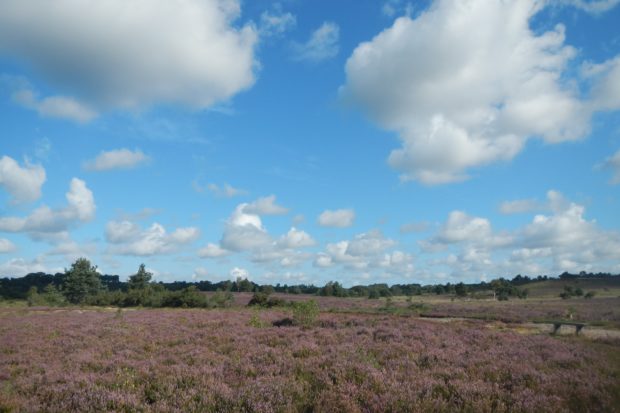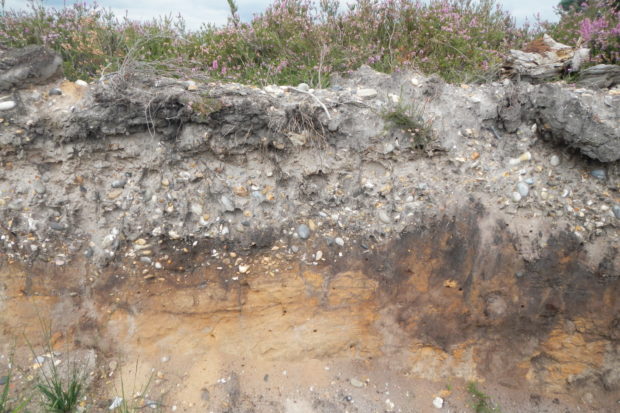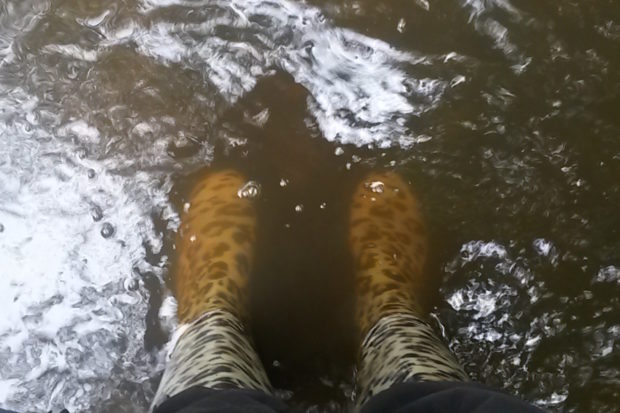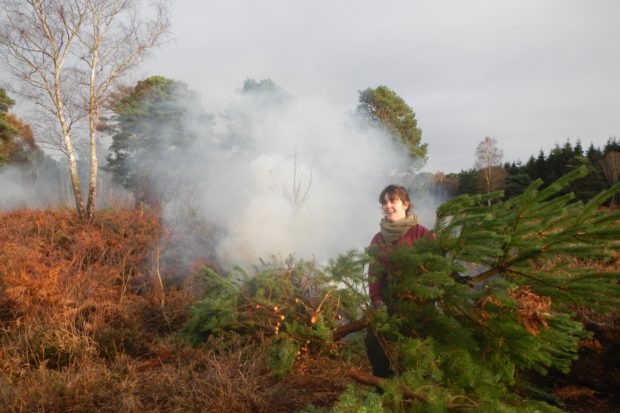Why is heathland heathland anyway?

If you live in the vicinity of Woking, Bracknell, Camberley or Aldershot, you’re living close to the Thames Basin Heaths Special Protection Area. Over 8000 hectares of protected land: nature reserves, country parks, private land, sustainably managed plantations and Ministry of Defence training areas. Different types of land use with one thing in common, it’s all heathland.
But why? Why is it heathland and not, say, oak woodland, a rich agricultural landscape, or good grazing pasture? Why heather, gorse and other heathland plants?
Our sandy, pebbly soil is one of the reasons. Water drains away quickly through this type of soil, taking nutrients with it. Not productive for agriculture, but suits heather down to the…ahem…ground! Had the roll of the geological dice given us rich clay or limestone, our landscape and cultural heritage, would have been entirely different.
Our temperate climate is a big factor too. Not too cold, not too hot, and with plenty of rainfall distributed throughout the year! Heathland is virtually restricted to the Atlantic coasts of Europe.
The third factor is the way the land has been used and managed. Cleared of trees and kept that way, preventing ‘nature’ from turning the heathland naturally back into woodland. It’s a very long story that started with early farmers and medieval peasants, scratching a living from the heath, through its military history to modern day nature conservation and management. Across the Thames Basin Heaths, winter sees an army of land managers, contractors and volunteers rolling up their sleeves to keep the heathland in good condition for wildlife.
Three rolls of the dice, three factors coming together. You can see why heathland is rarer than rainforest!
Sarah
Communications Officer
On other pages you can read more about the Special Protection Area and what you can do to help this rare habitat we’re so lucky to have on our doorstep.



